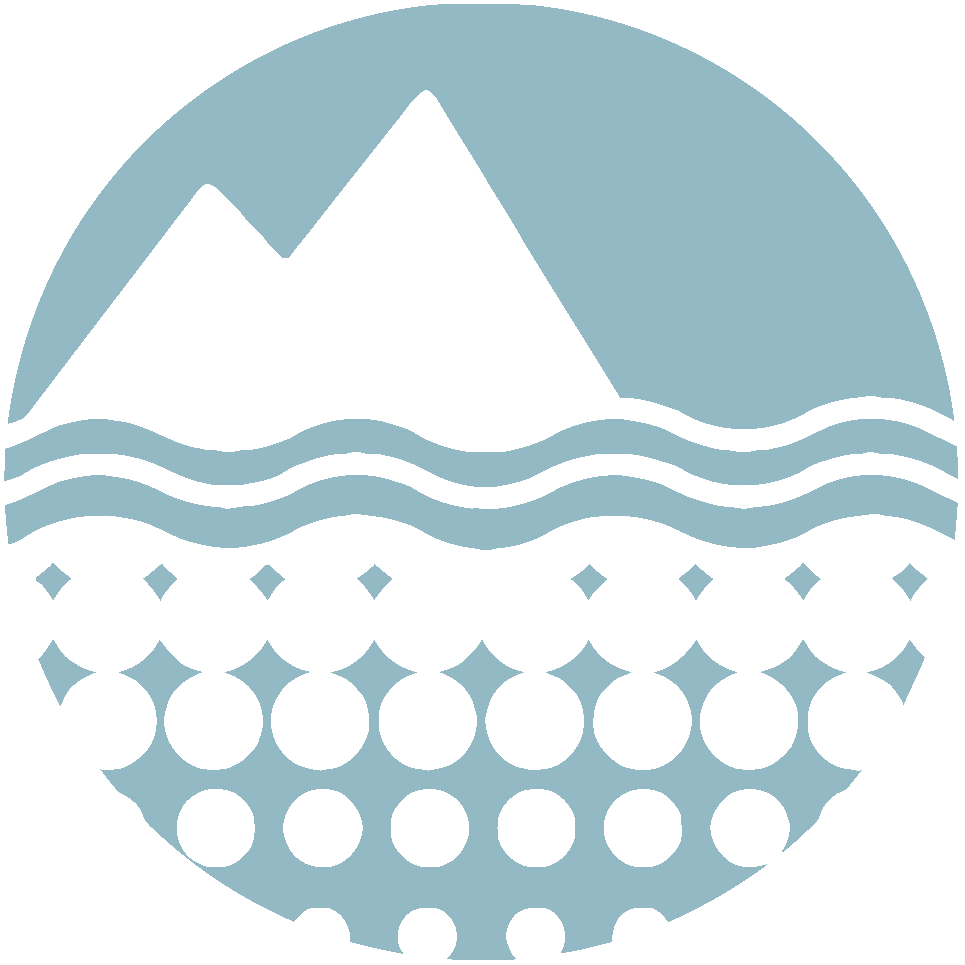

|
Collaborative Research: Seasonal Sea Ice Production in the Ross Sea, Antarctica
Short Title:
PIPERS: Polynyas and Ice Production in the Ross Sea
Start Date:
2015-06-15
End Date:
2019-05-31
Project Location(s)
Terra Nova Bay
McMurdo Sound Ross Sea
Project Website(s)
Description/Abstract
Proposal Title: Collaborative Research: Seasonal Sea Ice Production in the Ross Sea, Antarctica (working title changed from submitted title) Institutions: UT-San Antonio; Columbia University; Naval Postgraduate School; Woods Hole Oceanographic Institute; UC@Boulder The one place on Earth consistently showing increases in sea ice area, duration, and concentration is the Ross Sea in Antarctica. Satellite imagery shows about half of the Ross Sea increases are associated with changes in the austral fall, when the new sea ice is forming. The most pronounced changes are also located near polynyas, which are areas of open ocean surrounded by sea ice. To understand the processes driving the sea ice increase, and to determine if the increase in sea ice area is also accompanied by a change in ice thickness, this project will conduct an oceanographic cruise to the polynyas of the Ross Sea in April and May, 2017, which is the austral fall. The team will deploy state of the art research tools including unmanned airborne systems (UASs, commonly called drones), autonomous underwater vehicles (AUVs), and remotely operated underwater vehicles (ROVs). Using these tools and others, the team will study atmospheric, oceanic, and sea ice properties and processes concurrently. A change in sea ice production will necessarily change the ocean water below, which may have significant consequences for global ocean circulation patterns, a topic of international importance. All the involved institutions will be training students, and all share the goal of expanding climate literacy in the US, emphasizing the role high latitudes play in the Earth's dynamic climate. The main goal of the project is to improve estimates of sea ice production and water mass transformation in the Ross Sea. The team will fully capture the spatial and temporal changes in air-ice-ocean interactions when they are initiated in the austral fall, and then track the changes into the winter and spring using ice buoys, and airborne mapping with the newly commissioned IcePod instrument system, which is deployed on the US Antarctic Program's LC-130 fleet. The oceanographic cruise will include stations in and outside of both the Terra Nova Bay and Ross Ice Shelf polynyas. Measurements to be made include air-sea boundary layer fluxes of heat, freshwater, and trace gases, radiation, and meteorology in the air; ice formation processes, ice thickness, snow depth, mass balance, and ice drift within the sea ice zone; and temperature, salinity, and momentum in the ocean below. Following collection of the field data, the team will improve both model parameterizations of air-sea-ice interactions and remote sensing algorithms. Model parameterizations are needed to determine if sea-ice production has increased in crucial areas, and if so, why (e.g., stronger winds or fresher oceans). The remote sensing validation will facilitate change detection over wider areas and verify model predictions over time. Accordingly this project will contribute to the international Southern Ocean Observing System (SOOS) goal of measuring essential climate variables continuously to monitor the state of the ocean and ice cover into the future.
Personnel
Funding
AMD - DIF Record(s)
Deployment
Data Management Plan
Product Level:
Not provided
Datasets
Publications
Keywords
Platforms and Instruments
|
This project has been viewed 725 times since May 2019 (based on unique date-IP combinations)